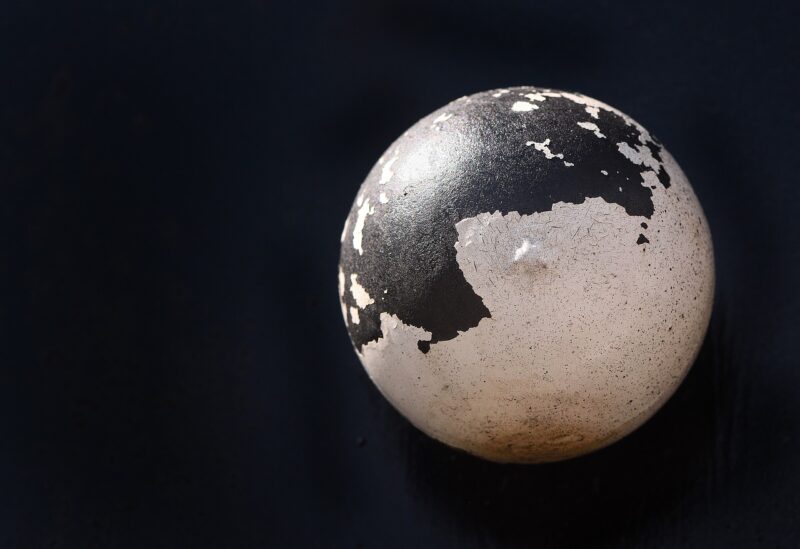The Plants That Survived Ice Ages and How They Continue to Thrive Today
November 12, 2024

The Earth has undergone great climatic shifts throughout its history, with ice ages creating drastic changes to ecosystems. Yet, amid these extreme conditions, certain resilient plant species have not only survived but thrived. This article explores the fascinating world of these ancient plants, tracing their journey through time and revealing how they’ve adapted to endure and thrive in today’s environment.
1. The Ice Ages: A Brief Overview
To understand why some plant species have survived ice ages, we need to first grasp what an ice age entails. An ice age is a prolonged period where global temperatures are significantly cooler than the average, resulting in the expansion of ice sheets and glaciers across vast areas.
The last major ice age, known as the Quaternary glaciation, began approximately 2.58 million years ago and continues to the present day, although we are currently in an interglacial period (the Holocene) that has seen warmer temperatures.
During these glaciation events, various regions experienced severe conditions that limited biodiversity. Yet, the survival strategies of certain plant species allowed them to endure. Some plants contracted their range into refugia—areas that remained hospitable during these frigid periods—while others developed remarkable adaptation mechanisms.
2. Key Survivors: The Plants That Endured Ice Ages
Several key plant species have been documented to persist through ice ages, demonstrating extraordinary resilience and adaptability:
- Mosses and Liverworts: These ancient non-vascular plants are among the earliest organisms to colonize land. Their ability to withstand desiccation and extreme temperatures makes them ideal survivors of ice ages. Some moss species, such as Sphagnum, have been found to thrive in the cold, absorbing moisture crucial for survival.
- Ferns: Some ferns, such as the hardy Polystichum setiferum, are known for their ability to withstand frost and snow. Their reproductive strategies, including spore production, allow them to colonize newly available lands after the ice retreats.
- Conifers: Trees like the Scots pine (Pinus sylvestris) and spruce (Picea abies) are well-adapted to cold climates. Their needle-like leaves reduce water loss, and their conical shape reduces snow accumulation, preventing branch breakage during heavy snowfalls. These traits have enabled them to withstand harsh northern climates, even through the ice ages.
- Flowering Plants (Angiosperms): Some flowering plants, like the Alpine forget-me-not (Myosotis alpina), have adapted to cold environments, with physical features that enhance their survival. They have developed shorter growth cycles, allowing them to take advantage of the short growing seasons that follow ice retreats.
These resilient plants have evolved over millennia to adapt to extreme cold and changing climates, ensuring their survival through one of the planet’s most challenging periods.
3. Adaptations That Foster Survival
Plants that have survived the ice ages exhibit a range of fascinating adaptations:
- Cryoprotection: Some plants produce proteins and sugars that act as antifreeze, preventing ice crystals from forming and damaging their cells. This cryoprotective strategy is crucial for surviving freezing temperatures.
- Deep Root Systems: Plants like the common juniper (Juniperus communis) develop extensive root systems that extract moisture from deeper soil layers, allowing them to survive during droughts that often follow ice melts.
- Phenology Adjustments: Many of these plants have adapted their growth cycles to align with environmental changes, such as flowering sooner during warmer springs, which increases their chances of successful reproduction before summer droughts can set in.
- Habitat Flexibility: These ancient plants often occupy various ecological niches, from rocky crevices to bogs, allowing them to thrive in significantly different conditions, which helps ensure their survival when faced with climate variations.
These adaptations illustrate the incredible resilience of plants and their capacity to endure extreme environmental changes over thousands of years.
4. Legacy and Lessons: What We Can Learn
The legacy of the plants that survived the ice ages serves as a powerful testament to survival against all odds. Their ability to adapt holds valuable lessons for current conservation strategies and our understanding of resilience in changing climates.
We can learn about:
- Biodiversity Importance: Preserving diverse plant species fosters resilience in ecosystems, enabling recovery from environmental fluctuations and stresses.
- Conservation Efforts: Understanding the adaptability of these ancient plants can guide conservationists in reintroducing these species to areas where they may have been lost due to climate change and urban expansion.
- Sustainable Practices: Plant adaptation showcases the significance of sustainable land use and adaptive agriculture to improve food security and environmental health in the face of climate change.
By studying the strategies employed by these plants, scientists and conservationists can inform current efforts to protect threatened biodiversity as our planet continues to face climate challenges.
5. Conclusion: The Future of Ice Age Survivors
As we move forward into an era marked by rapid climate change, understanding how plants that have survived the ice ages continue to thrive today can provide crucial insights for botanical conservation, ecology, and environmental adaptation.
By fostering biodiversity and creating protection strategies based on ancient resilience, we can ensure that the natural world continues to flourish in the face of emerging challenges. The story of these plants is a hopeful reminder of nature’s strength and adaptability, encouraging us to preserve and respect our planet’s rich biological heritage for future generations.
Wouldn’t it be enlightening to emulate the resilience of these ancient species in our own lives?








